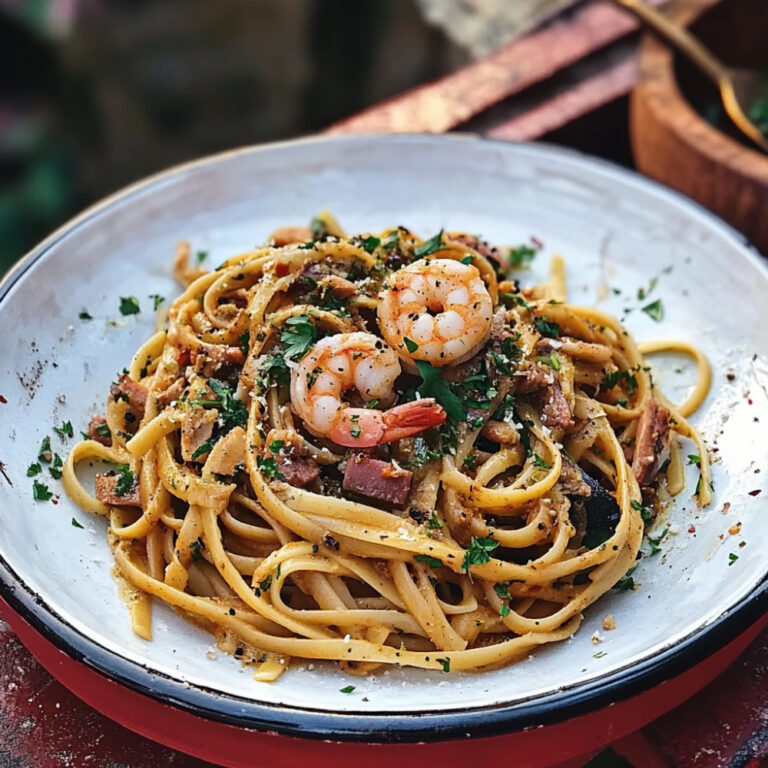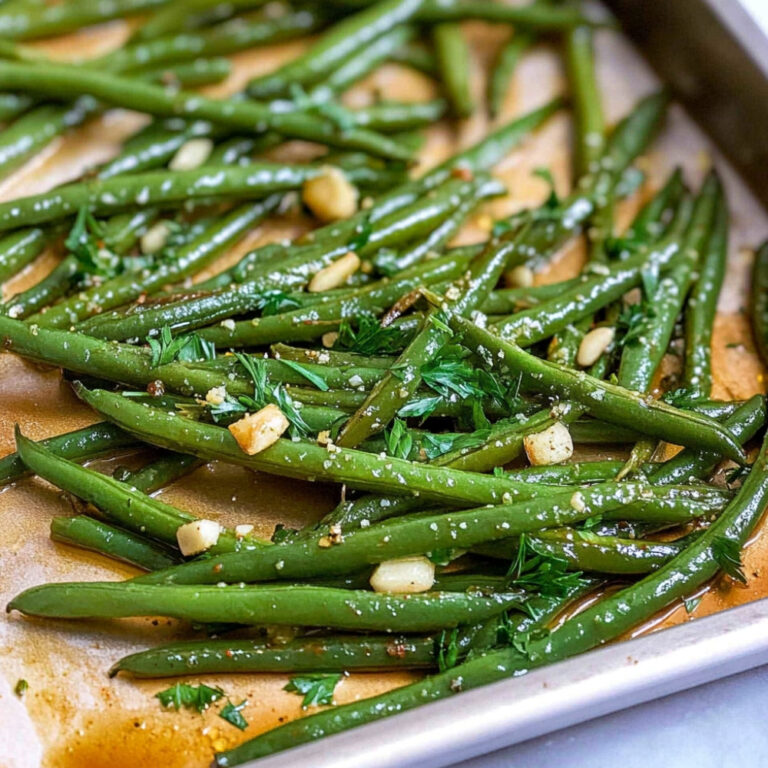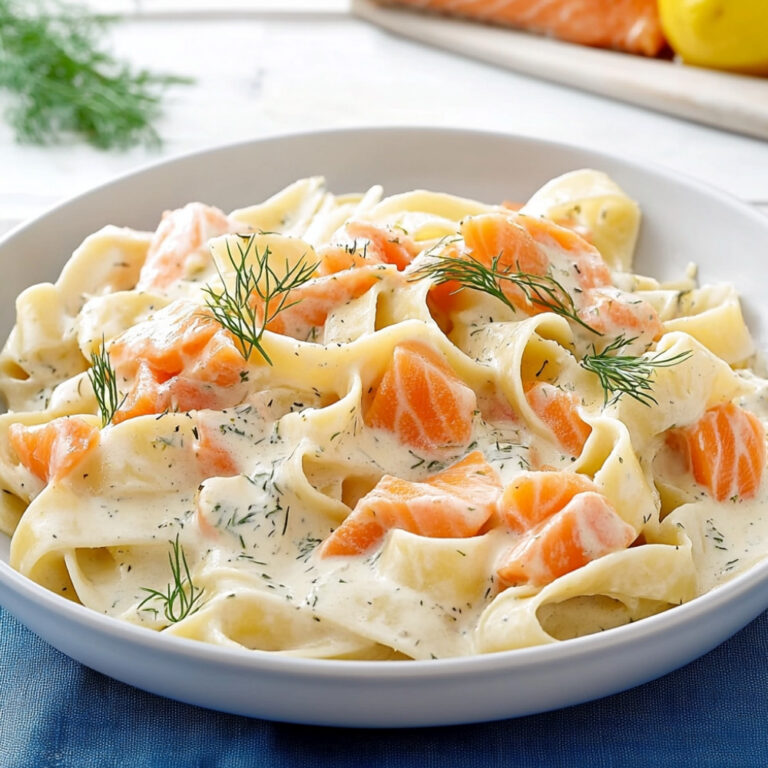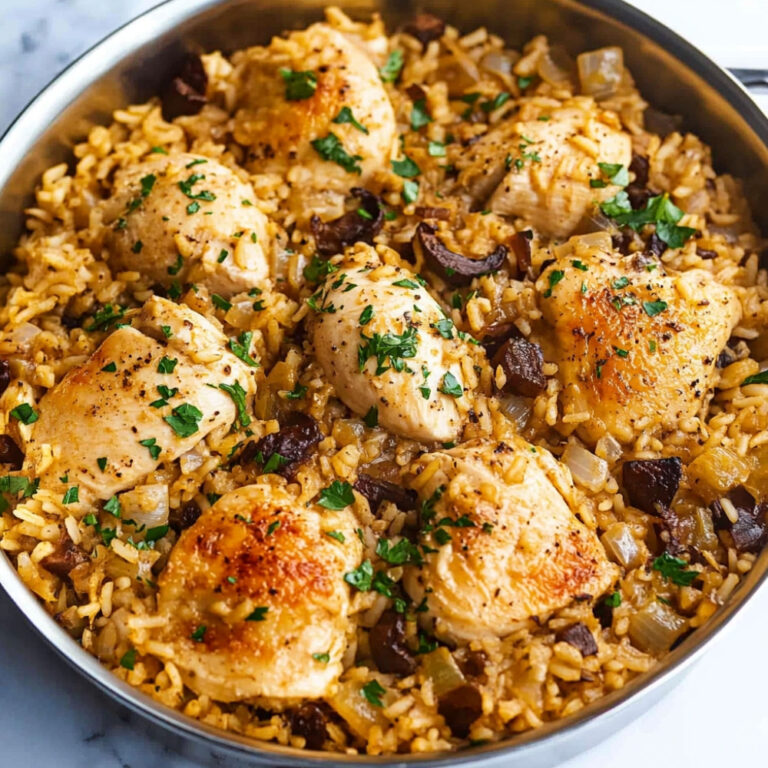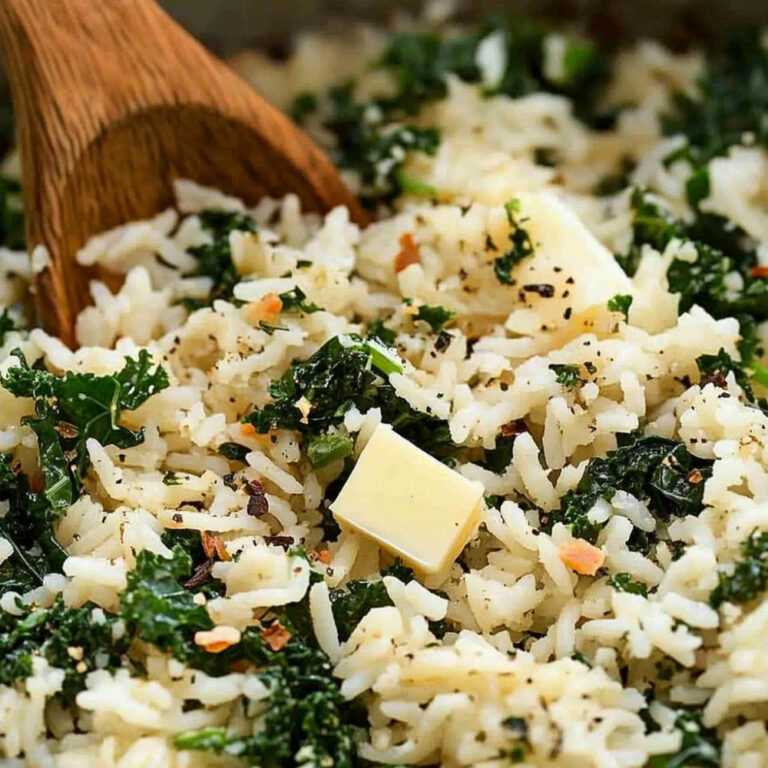Perfectly Fluffy Scrambled Eggs in Just 5 Minutes
Oh, there’s something so comforting about the smell of eggs cooking in the morning, right? I mean, who doesn’t love the idea of having perfectly fluffy scrambled eggs to start their day? It’s like a warm hug on a plate! Just thinking about it makes me crave them. Whether you’re tossing them onto some buttered toast or just enjoying them solo, they’re so satisfying and simple—it’s almost like magic. Plus, in just five minutes, you’ll have a delicious, creamy breakfast that feels like a treat any time of the day…
Why You’ll Crave It
- Super quick! Only takes about 5 minutes to whip up.
- Perfectly fluffy—seriously, melt-in-your-mouth good.
- Super versatile—flavor it up with cheese, herbs, or anything you like.
- Only a few ingredients, but delivers so much comfort.
- Great for breakfast, brunch, or even a late-night snack.
My family fights over the last bit because they’re just that good…
What You’ll Need
- Eggs: 4 large, the fresher the better, trust me!
- Salt: 1/4 teaspoon, or adjust to your taste.
- Butter: 1 tablespoon, for that rich flavor.
- Pepper: to taste, totally optional, but nice!
- Milk or cream: About 2 tablespoons, if you want that extra creaminess.
Easy How-To
Let’s Get Cooking!
Alright, first things first—crack those eggs into a mixing bowl… and if you’re feeling fancy, add in that milk or cream for a creamier texture! You just wanna make everything feel cozy, you know? Then grab a fork or whisk and beat those eggs like they owe you money, until everything’s all mixed and frothy. Now, heat up your non-stick skillet over medium-low heat, just let it warm up… after about a minute, toss in the butter and let it melt evenly—watch out, we don’t want it to brown. Just as that butter coats the pan, it’s time to pour in your egg mixture.
Now comes the fun part—once you see the edges starting to set, gently push the eggs from the edges to the center with a spatula. Slow and steady wins the race here, right? Keep doing that until they’re just slightly undercooked, then remove them from heat. The residual heat will finish cooking them, and you’ll have the softest eggs! Sprinkle a little salt and pepper on top to taste—serve them up on a warm plate, and bam! You’re ready to dig in…
Good to Know
- Fresh eggs really do make a difference in taste and texture!
- Cooking at low heat is key for that creamy goodness; avoid high heat!
Serving Ideas
- Serve them on a warm piece of toast with some avocado on the side.
Top Tricks
- Stir gently and continuously to keep those eggs soft and fluffy.
Frequently Asked Questions
What can I add to scrambled eggs for extra flavor?
You can totally jazz up your scrambled eggs with cheese, fresh herbs, or even sautéed veggies. Whatever you fancy! Just be creative and have fun with it—kitchen experimentation is the best!
How do I prevent scrambled eggs from becoming rubbery?
Ah, the dreaded rubbery egg conundrum! Just keep the heat low and don’t overcook. Trust me, when they’re slightly underdone, they’ll finish cooking off the heat, making them perfectly soft.
How can I make my scrambled eggs creamier?
Adding a splash of milk or cream really does the trick. And remember, gentle cooking helps too—so keep that temperature down!
Can I use egg whites instead of whole eggs?
Yes, you can! But just know that they’ll be a bit different in texture. Consider adding some herbs or a bit of cheese to amp up that flavor.
Conclusion
Scrambled eggs are just such a classic, right? So comforting and versatile, they can pair well with almost anything—or nothing at all. With just a little attention, you can achieve that perfect fluffy texture that makes each bite satisfying… It’s like a little piece of happiness on your plate!
More Recipes Suggestions and Combinations
Vegetable Scrambled Eggs
Add your favorite veggies to make it colorful and nutritious—think spinach, tomatoes, bell peppers… the works!
Cheese and Herb Scrambled Eggs
Incorporate shredded cheese and toss in some fresh herbs like chives or parsley for an extra flavor boost.
Spicy Scrambled Eggs
Add jalapeños or a touch of hot sauce for a kick—if you’re feeling adventurous!
Smoked Salmon Scrambled Eggs
Top them with smooth smoked salmon, and you’ve got yourself a fancy brunch dish!
Mushroom and Onion Scrambled Eggs
Sauté mushrooms and onions before mixing them into your eggs—a savory delight!
Avocado Scrambled Eggs
Pair with creamy avocado slices for a breakfast that’s as delightful as it looks.
Quesadilla Style Scrambled Eggs
Stuff your scrambled eggs into a tortilla with cheese, and you have a delicious breakfast quesadilla!


